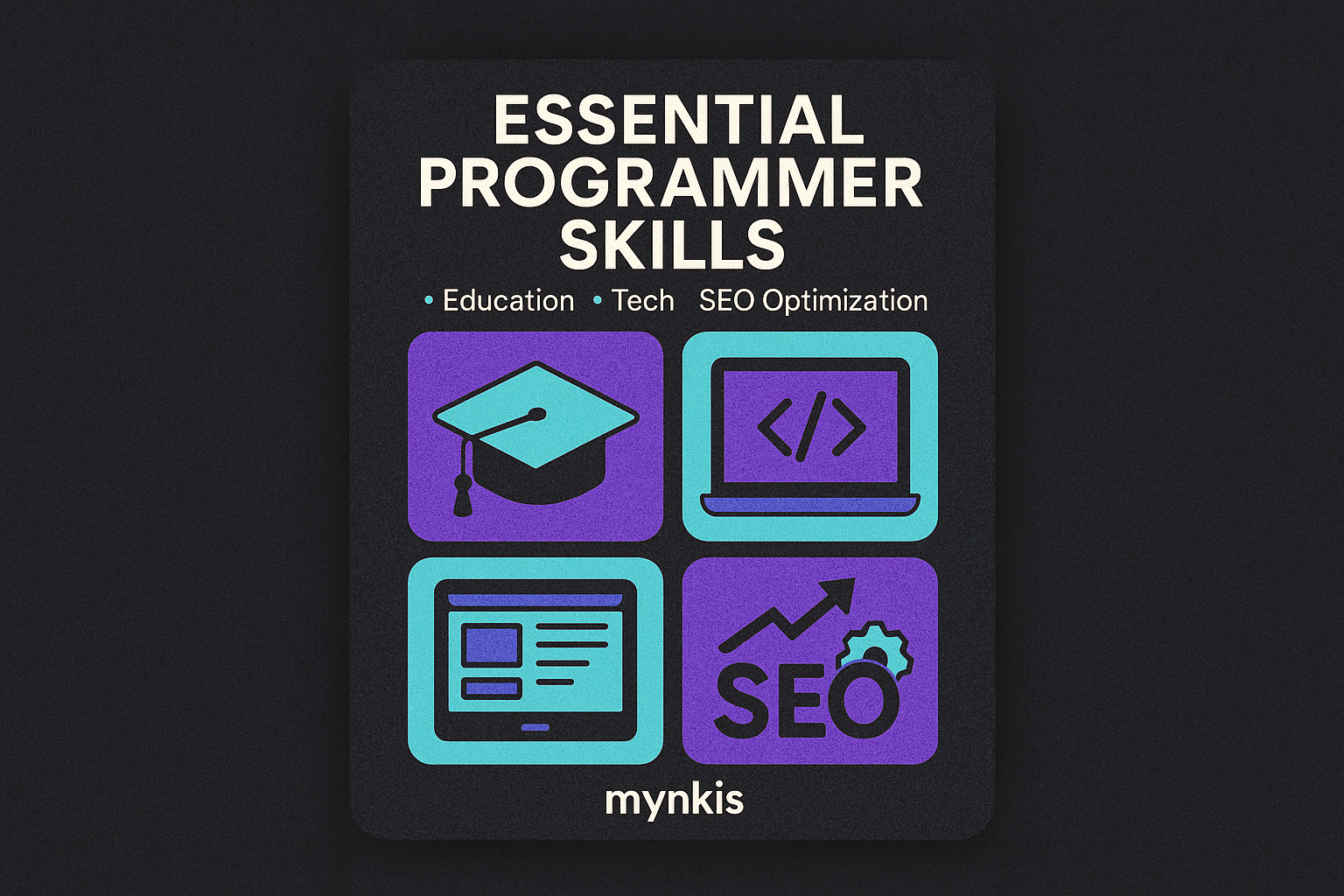Schedule a Demo
In my experience working with educational institutions, there's an undeniable transformation underway—schools and universities are becoming digital-first campuses, not just in their courses but in their very operations. The appetite for bespoke learning management systems and websites that are not only user-friendly but optimized for search traffic is palpable. To build these platforms effectively, understanding and harnessing the correct software programmer skills and keywords is absolutely essential.
The educational sector is migrating towards a tech-forward ecosystem where integration is key. From traditional classroom setups to virtual reality experiences, campuses are feeling the pressure to evolve or lose out to more digitally-savvy competitors. Adapting is imperative. Whether it’s updating an existing learning management system to include gamification features or starting from scratch to build an SEO-friendly university website, a keen grasp of modern software development skills is a requisite.
To excel in building solutions for educational entities, programmers need more than rote understanding of languages like Python, JavaScript, and SQL; they need a blend of technical mastery and insights into the educational process. From my observations, fluency in user experience (UX) design plays a pivotal role. Programmers who understand the nuances of creating interfaces that enhance learning outcomes can truly add value. They need to be adaptive, always ready to tackle a new feature requested by educators looking to engage their students through technology.
Let’s dive into the hands-on technical skills crucial for anyone developing custom software and web solutions for educational clients. Apart from the standard skillsets like:
...programmers in this sector need:
I've often found that programming skills alone won't suffice. Alongside technical mastery, soft skills play a pivotal role. Communication is at the forefront. Developing tech for educational clients requires consistent dialogue to interpret and meet the needs of a diverse user base, from students to professors. The ability to empathize with and listen to stakeholders, an often overlooked skill, fuels the development of practical and impactful software solutions.
Just like the target audience from educational institutions who are looking to level up their digital presence, as a programmer, you too should curate your portfolio with keywords that align with the evolving technological needs of the education sector. Terms like 'LMS Development,' 'Educational Software Solutions,' and 'UX for E-Learning' are not only advantageous in the eyes of an employer or a prospective client but crucial for optimizing your own digital footprint on platforms like LinkedIn.
SEO prowess becomes ever more crucial when discussing the demand for educational websites optimized for search traffic. Understanding and implementing techniques for keyword research, backlink strategy, and content marketing are vital talents that can differentiate a regular programmer from one equipped to supercharge an institution's digital presence. For educational clientele aiming to increase their online visibility, these skills naturally develop into valuable services.
Just as students need to be engaged in the learning process, so does the software and web platforms through which education is delivered need to capture attention effectively. It’s balancing customized solutions with a high level of usability. Architects of digital educational environments should bring back functionalities cherished by institutions while crafting entirely new systems around emerging pedagogies and student participation models—all the while keeping usability in high esteem.
Drawing from industry best practices backed by organizations like the IMS Global Learning Consortium can serve as a hallmark of quality and consistency for educational software development. Furthermore, innovation should reside comfortably alongside these best practices, utilizing novel teaching methods like AI-driven personalized learning pathways or VR/AR support within learning environments. Based on current industry trends and case studies, merging legacy systems with contemporary learning systems can lead to exemplary institutional results.
Continuous learning stands as a lifeline for tech professionals. Even seasoned coders need to keep abreast with rapidly changing technologies pertinent to the education industry. Courses on data analytics for tailored student engagement reports, frameworks relevant to evolving LMS capabilities, or certifications in emerging tech that complements education, like AR/VR and blockchain applications, keep skills sharp and relevant.
In crafting solutions for schools and universities, the priorities extend beyond mere aesthetic appeal or code efficiency. They integrate insights about the real impact of digital tools on teaching and learning. An in-depth comprehension of these elements allows for constructing customizable and powerful web applications that resonate with faculty and heighten the student experience. From personalized feedback loops, reliant on meticulous data analysis to responsive user interfaces exhibiting high adoption rates, clever technological implementation abets an all-around enriched edification environment.
In maximizing outreach, the push towards greater inclusion stands as pivotal. Assistive technologies cement an accommodating edge towards university-delivered materials. Software wizards harness broader familiarities concerning compliance parameters, be they Section 508 of the U.S. Rehabilitation Act, WCAG accessibility requirements, or others tailored distinctly to m.intenance-open training architectures. These certifications and reassessments of commitment ensure technology'd useabets a spawning innovation whilst keeping learning candidaurants uncovered spaces finestnour and without suffrage.
